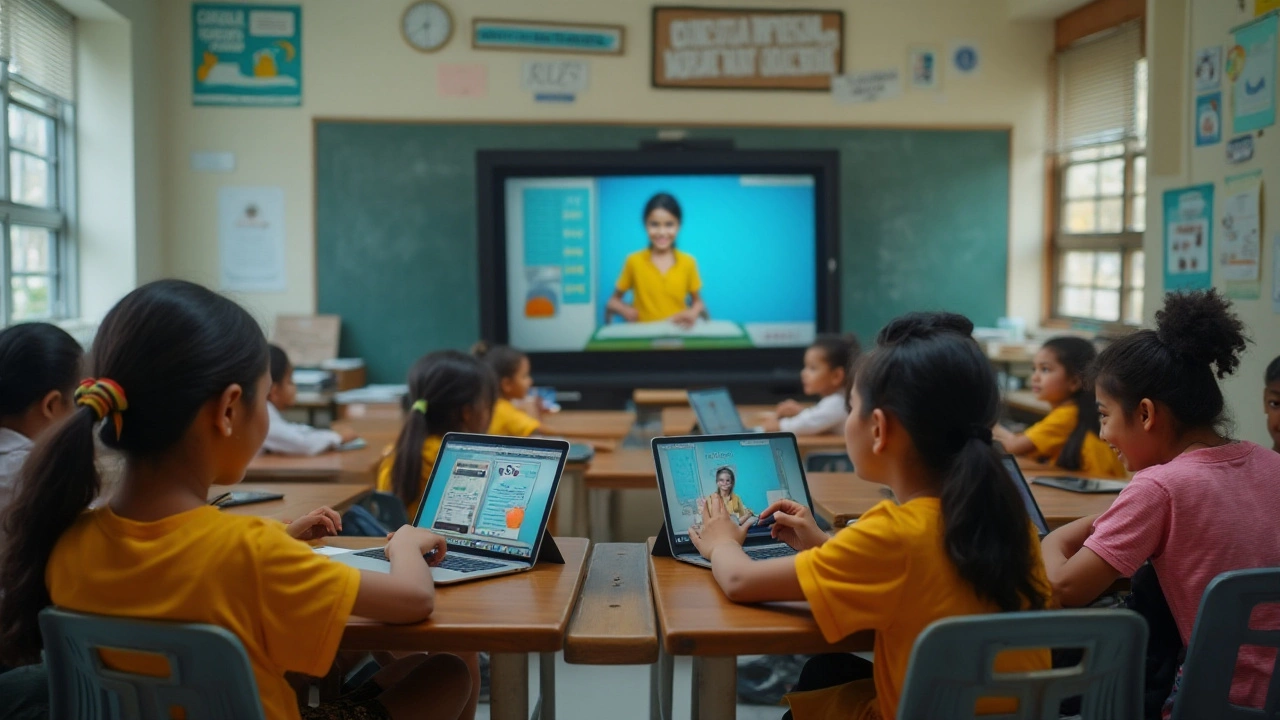Remote Study: Simple Ways to Learn Anywhere
Studying from your couch, a café, or a hostel can feel chaotic, but it doesn’t have to be. With the right habits and tools, remote study becomes as reliable as a classroom. Below are the basics you can set up today to turn any space into a productive learning zone.
Pick the Right Tech and Platform
First thing’s first: choose an eLearning platform that matches your course style. If you need structured lectures, Coursera’s monthly plans give you a clear syllabus and peer support. For short, bite‑size modules, Udemy or Skillshare let you watch videos on a phone without a stable connection. Make sure the platform offers offline download – you’ll thank yourself when Wi‑Fi drops.
Next, grab a headset with a mic. Bad audio is the #1 reason remote learners lose focus. A decent pair blocks background noise and lets you join live discussions without shouting into your laptop.
Create a Flexible but Firm Schedule
One myth about remote study is that you can study whenever you feel like it. In reality, a loose routine works best. Block out 45‑minute study slots and pair each with a 10‑minute break. The Pomodoro method is a favorite because the short bursts keep the brain fresh.
During breaks, do something physical – stretch, walk, or do a quick set of push‑ups. Moving blood back to the brain improves focus for the next session. If you study across time zones, set a reminder on your phone that shows both your local time and the class’s time.
Remember to schedule “no‑screen” time. Reading a PDF on paper or using a Kindle reduces eye strain and lets the brain process information differently.
Organize Your Learning Space
Even a tiny desk can become a study hub if you keep it tidy. Keep only the essentials: laptop, notebook, pen, and a water bottle. Clear clutter reduces visual distractions and signals your brain that it’s work time.
Good lighting matters. A lamp that mimics daylight helps keep you alert. If natural light is limited, choose a cool‑white LED bulb.
Lastly, add a personal touch – a plant or a motivational quote. Small details make the space feel inviting and boost motivation.
Stay Connected and Accountable
Remote learning can feel lonely, so join a study group or a forum linked to your course. Sharing notes, asking questions, and explaining concepts to peers reinforces your own understanding.
Use collaboration tools like Google Docs or Microsoft Teams for real‑time editing. When you see others’ progress, you’re more likely to stay on track.
If you prefer one‑on‑one support, look for mentors or tutors on platforms like Chegg or MentorCruise. A quick 15‑minute call can clear doubts that would otherwise stall your momentum.
Put a weekly check‑in on your calendar to review what you’ve completed and plan the next week. Seeing a list of finished tasks is a powerful confidence boost.
With the right tech, a realistic schedule, a dedicated space, and a community to lean on, remote study becomes less of a gamble and more of a reliable habit. Start small, tweak as you go, and watch your learning thrive wherever you are.
- December
21
2024 - 5
Understanding Distance Education: A Modern Learning Approach
Distance education is an innovative learning method that allows students to study remotely through digital platforms and online tools. This approach has revolutionized traditional education by making it accessible to a global audience, offering flexibility in learning schedules and promoting self-paced study. With the advent of new technologies, distance education continues to evolve, providing various advantages such as cost-effectiveness and personalized learning experiences. This article explores its definition, history, technological advancements, benefits, challenges, and future prospects.
Read More